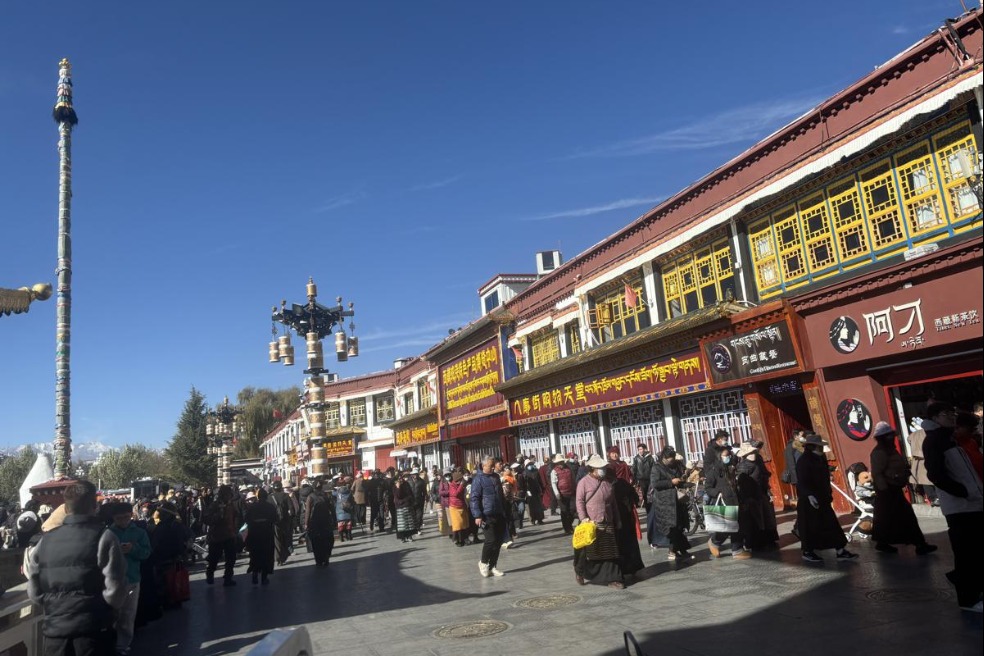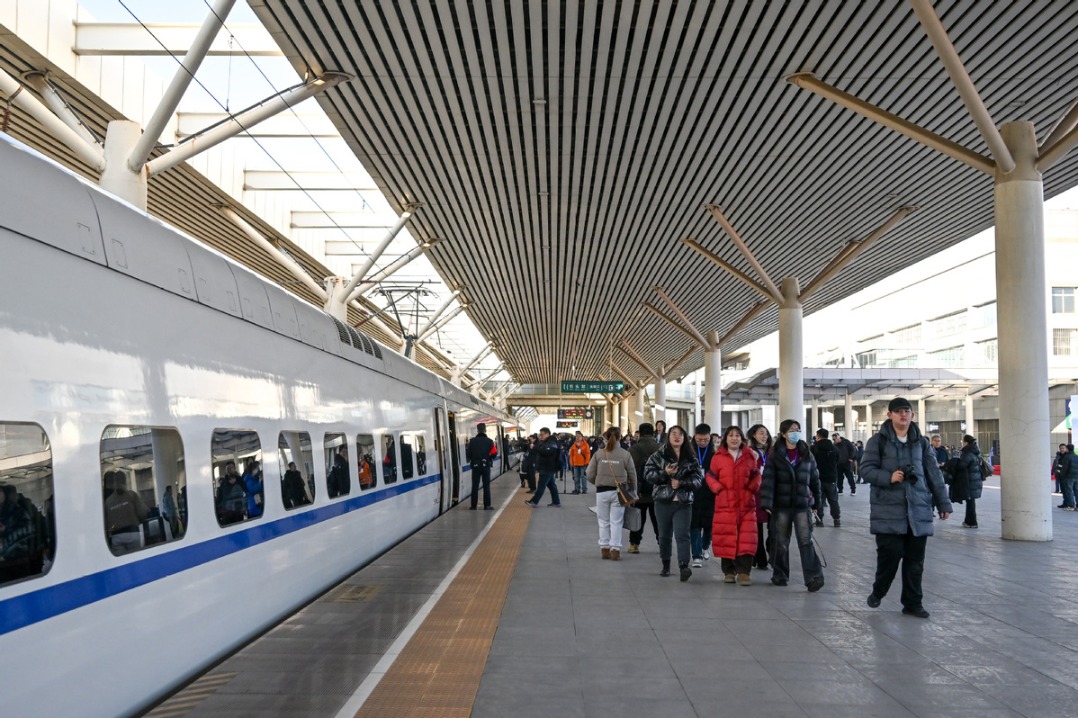Fulfilling a Beijing courtyard dream


I discovered Beijing by walking slowly and observing. However this did show me that, unfortunately, not all courtyard life in Beijing had retained its earlier charms or comforts. After the fall of the Qing Dynasty, many of the siheyuan fell into disrepair, as the original owners or families had disappeared. Often, less affluent families had moved in, particularly after the 1976 Tangshan earthquake, creating multioccupancy conditions with temporary buildings erected within the actual courtyard space. Facilities, often communal, were fairly basic, resulting sadly in the clearance of swathes of those older areas during the 2000s. Today, many surviving courtyards have been renovated into highly desirable properties, particularly around areas such as the Shichahai lakes.
The area close to the courtyard where I stayed centered on a busy north-south commercial alley, Nanluoguxiang, which today stands out as a very popular destination, particularly for visitors to Beijing. In 2000, it was then a local lane crowded with people from surrounding alleys who would come to shop in the little markets or have a simple meal in one of its many small restaurants.
However, there was one small venue on the western side of Nanluoguxiang alley where I almost instantly felt like I was back in Guangxi's Yangshuo or Yunnan's Dali. This was the original Pass By Bar, which felt very much like a travelers' cafe with its many books and photographs. In 2000 it was a very quiet place to go at night, do some reading, write up notes or simply look out on the winter snow falling across the alley. Since then, as the area developed, Pass By moved into a larger and more traditional courtyard, where again I kept myself immersed in the old city culture. This was particularly true sitting on the upstairs outdoor terrace. There I could look over the sloping gray tiled rooftops, watching flocks of pigeons circle overhead while in the far northwest rose the Drum and Bell Tower.

































